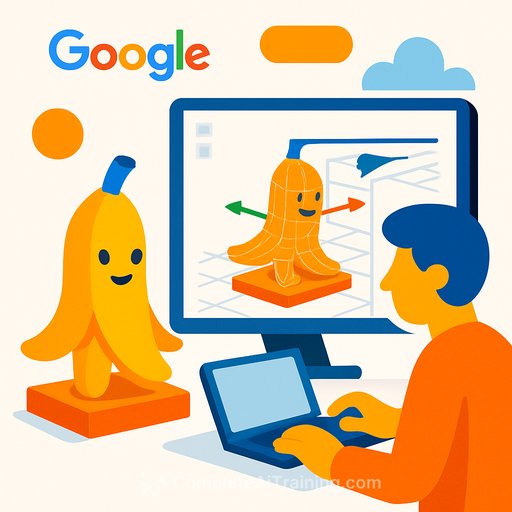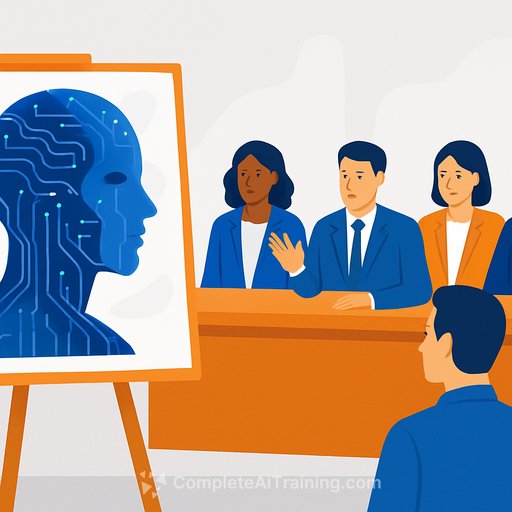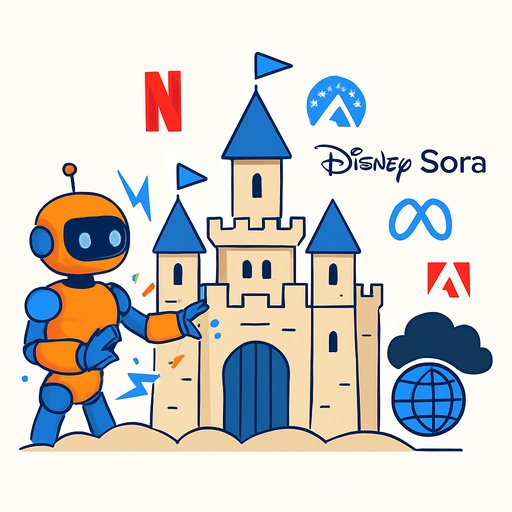AI Art: How People Are Creating Those Viral 3D Figurines
Google's Nano Banana, officially known as Gemini 2.5 Flash Image, has triggered a fresh viral trend online. After each major AI image generator release, a new style or concept quickly captures the internet’s attention. With GPT-4o, it was Studio Ghibli-inspired images. Now, Nano Banana is making waves with realistic 3D figurine renditions.
This trend isn’t entirely new—people have previously used AI to create action figure likenesses of themselves. What sets Nano Banana apart is its ability to produce more detailed images and better follow text prompts. The results range from charming to slightly unsettling. Users have also found ways to turn these static 3D figurine images into animated videos, expanding creative possibilities.
What Is the AI 3D Figurine Trend?
The trend revolves around using Google’s Gemini 2.5 Flash Image to generate images of 3D figurines based on photos people upload. Users provide a text prompt alongside a reference photo, and the AI generates a detailed, toy-like figure that resembles the subject. These images often feature the figurine placed on a desk in front of a computer displaying the 3D modeling process, along with a toy packaging box styled like collectible figure boxes.
The packaging usually includes flat, two-dimensional illustrations and can feature custom text. This combination makes the images feel like promotional shots for real collectible toys. Google even helped kickstart the trend by sharing examples on social media.
How Do People Make AI 3D Figurines?
Although various AI models can attempt to create 3D figurine-style images, most creators are turning to Nano Banana because it produces impressively accurate results and is freely accessible on Google’s AI Studio.
Users simply click on 'Try Nano Banana' and enter a prompt. Google suggests a prompt like this:
- Create a 1/7 scale commercialized figurine of the characters in the picture, in a realistic style, in a real environment.
- The figurine is placed on a computer desk.
- The figurine has a round transparent acrylic base, with no text on the base.
- The content on the computer screen is a 3D modeling process of this figurine.
- Next to the computer screen is a toy packaging box, designed like high-quality collectible figures, printed with original artwork.
- The packaging features two-dimensional flat illustrations.
One challenge users face is the quality of their reference photos. Low-resolution or poorly lit images limit the AI’s ability to capture fine details. Still, even modest photos often yield recognizable and creative results. Better photos produce more realistic and detailed figurines.
You can customize the prompt further to specify poses or include specific text on the packaging, which Nano Banana renders better than typical AI-generated text. Because AI image generation can be inconsistent, some trial and error is usually needed to get the best outcome.
For those interested in animation, AI video generators can bring these figurine images to life. Alternatively, some creators have recreated the figurine effect in real life using clever optical illusions, adding an old-school twist to the trend.
If you want to explore more AI image generation tools or enhance your prompt engineering skills, check out Complete AI Training’s prompt engineering courses. They offer practical guidance for creatives looking to get the most from AI tools.
Your membership also unlocks:






